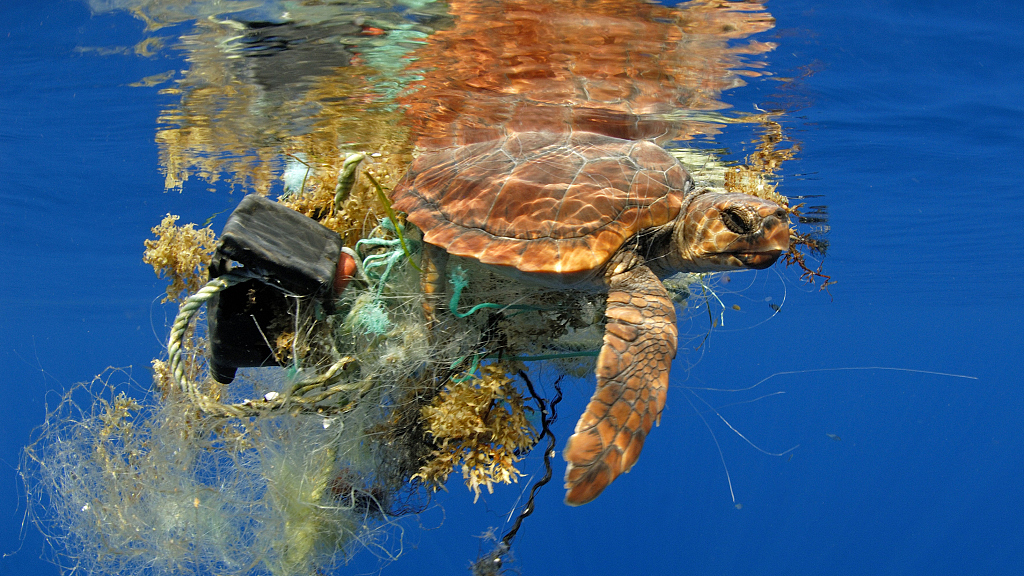01:17

From bags to bottles, some 13 million tons of plastic flows into our oceans every year, according to a 2018 United Nations report. It's claimed that if this present trend continues, our oceans could contain more plastic than fish by 2050.
The key to plugging this leak is being able to detect marine litter hotspots, helping conservationists target clean-up operations along the coast. Scientists at Plymouth Marine Laboratory are using remote sensing Earth observation satellites to detect patches of marine debris.
"Any plastic that enters the open ocean is inevitably going to degrade into micro-plastics or be sunk or become entangled or be ingested," says Earth observation scientist Lauren Biermann.
The European Space Agency's Sentinel 2A and 2B satellites collect data over land and coastal waters, and they are part of the Copernicus Earth Observation Program.
The mission surveys the Earth's land surface every ten days.
Biermann and her colleagues were able to use both satellites' multi-spectral instrument to spot floating seaweed and debris from an altitude of around 700 kilometers in low Earth orbit.
The difficulty comes when trying to distinguish patches of plastics from natural plants such as seaweed. Biermann and her colleagues are still at the beginning of their studies and have yet to perfect the technology.
(Editor: Xing Fangyu; Video editor: Wu Chutian; Cover image via VCG)
(If you want to contribute and have specific expertise, please contact us at nature@cgtn.com.)
Source(s): AP